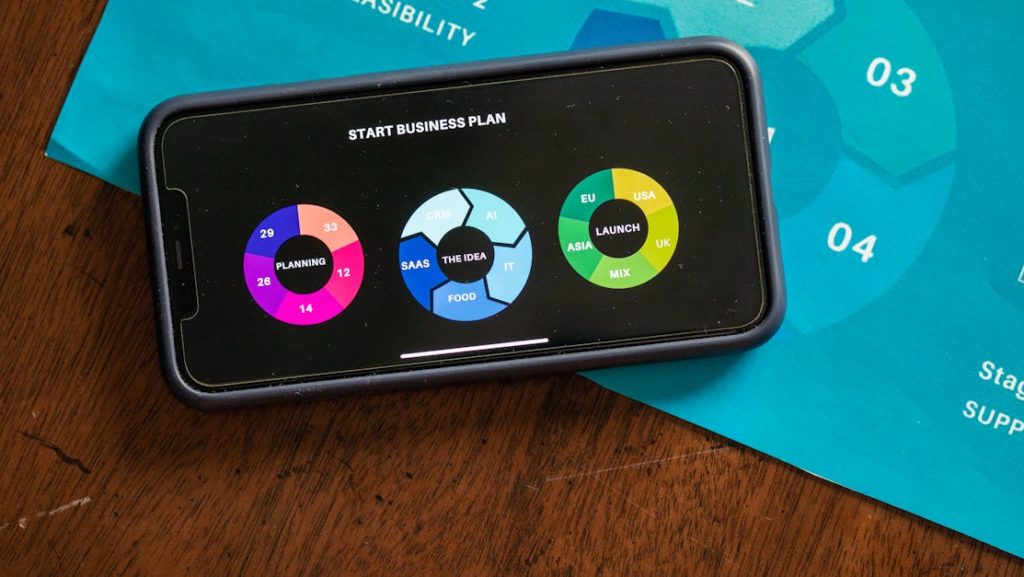
When someone signs up for a SaaS free trial, you have a fleeting window to demonstrate real, sticky value. Walkthroughs are often the bridge between initial curiosity and that “aha!” moment—when your visitor transforms from tire kicker to invested user. We’ve seen firsthand at DemoGo that the way you optimize interactive walkthroughs can dramatically tip the scale on your trial-to-paid conversion rates. In this guide, we’ll walk through the tactics, psychology, and practical workflow behind creating walkthroughs that help SaaS users experience genuine product value, faster and with less friction.
Understanding Why Walkthroughs are Conversion Catalysts
Free trials are saturated with risk: confusion, friction, and the ever-present threat of abandonment. Modern SaaS buyers crave self-directed experiences but also need precise nudges at key moments. The walkthough is where you can own this journey—positioning your user for success from the very first click.
- Shorter learning curve: Interactive walkthroughs let users move quickly from sign up to value, especially for complex or feature-rich apps.
- Minimizing support tickets: Clear, contextual guidance reduces the time your team spends firefighting basic questions.
- Building confidence: Letting users try tools themselves, with safety nets, creates trust and a sense of achievement.
- Highlighting core differentiators: Walkthroughs can steer attention directly to your unique value props—something static documentation struggles to achieve.
Key Metrics to Track Before and After Walkthrough Optimization
To validate and improve your walkthroughs, you’ll want to measure the right signals:
- Free trial activation rate: What portion of signups become active users?
- Time to first value: How quickly does a new user complete a meaningful product action?
- Walkthrough completion rate: What percent of users finish your guided tours?
- Support ticket volume during trial: Are new users finding answers on their own?
- Free trial-to-paid conversion rate: Are walkthrough changes improving paid plan upgrades?
Continuous metric tracking allows iterative improvement, giving you confidence that changes are actually moving the needle.

Step 1: Map Real User Journeys—Not Just Feature Lists
If every user had the same goal and workflow, walkthroughs would be easy! In reality, product managers, customer success leaders, and marketers each approach SaaS tools with unique perspectives and pain points. Start by mapping meaningful journeys for your ideal personas:
- What is the first outcome they want to achieve?
- Which features are most relevant to them?
- Where do they typically get stuck or confused?
Design walkthroughs that anticipate these flows, guiding users through the happy path but also addressing common hazards. For more on tailoring walkthroughs to your ICP, you may enjoy our guide on industry-specific SaaS demos.
Step 2: Prioritize Speed to First Value (FTFV)
Users on free trials don’t want to spend time reading manuals or watching long videos. Your walkthrough should focus on getting them to experience your core value as quickly as possible.
- Keep initial walkthroughs under 3 minutes. Highlight just enough to get users to their first win.
- Trigger feature-specific tours when users encounter more advanced areas—don’t overwhelm them upfront.
- Let them take real action inside the walkthrough, not just watch static explanations.
The “aha!” moment is your goal—whether it’s completing a workflow, sending a report, or collaborating with a teammate.
Step 3: Customize and Personalize Every Step
Generic walkthroughs make users feel like just another signup. A bit of targeting goes a long way:
- Dynamically segment by persona: Ask a question on signup and trigger different walkthroughs for product managers versus support professionals.
- Use behavioral targeting: Personalize next steps based on features already explored or milestones hit.
- Adjust pacing: Allow users to choose “show me more” or “skip to dashboard” at key points. Some want to blaze ahead, others move methodically.
This approach increases walkthrough completion rates and creates a sense of user agency.
Step 4: Build Interactivity Into Your Walkthroughs
An effective walkthrough isn’t a slideshow. It actively encourages users to click, enter data, and get their hands dirty inside your app. Here’s how to do it well:
- Highlight actionable hotspots: Let users click on UI elements as they progress.
- Branch based on choices: If a user is interested in integrations, take them there. If not, move on.
- Keep messaging focused: Explain what, why, and the expected result for each step—not the entire feature set.
- End with a purposeful CTA: (e.g., “Invite a teammate”).
By encouraging micro-interactions, you embed product knowledge and confidence organically.

Step 5: Integrate Self-Service Resources and Reduce Support Dependency
No walkthrough, however well crafted, covers all possible user questions. Effective SaaS onboarding provides backup resources at the right moment:
- Embed links to relevant documentation at the end of walkthroughs.
- Add a visible, easy-to-search knowledge center for more advanced users.
- Route support requests to relevant walkthroughs if questions repeat frequently—a sign to improve the walkthrough.
Reducing support burden during the trial not only saves costs, but increases user independence (and confidence in your product).
Step 6: Continuously Measure, Test, and Iterate
No walkthrough is perfect the first time. Data collection and adaptation are crucial:
- Track walkthrough completion and drop-off rates. If users bail early, your steps may be confusing or too long.
- Collect in-context feedback: “Was this helpful?” at the end of each tour surfaces friction points you won’t catch in analytics alone.
- A/B test variations: Experiment with order, language, and depth of your tours for different cohorts.
- Correlate walkthrough engagement with conversion rates. Are users who engage with certain steps more likely to upgrade?
This iterative approach is the backbone of improving your onboarding experience over time. For proven engagement tips, see these strategies for boosting SaaS demo engagement.
Step 7: Leverage Lead Capture and Personalization at Key Moments
Every interactive moment is an opportunity to get to know your audience better:
- Add short surveys: (“What brought you here today?”) to segment users for future outreach.
- Ask about team size or specific use cases: Route relevant info or alert sales accordingly.
- Follow up based on walkthrough signals: High engagement = high intent for sales.
Smart lead capture during tours makes downstream nurturing more effective and targeted.
Unique Value of a Desktop, Self-Hosted Demo Builder
At DemoGo, we discovered many SaaS teams needed something different—a walkthrough builder that is desktop-based, requiring no browser plugins, and which can be entirely self-hosted for full control and maximum security. This is a game-changer if your company has regulatory, privacy, or performance requirements that rule out third-party web platforms for onboarding content.
- No plugin headaches: User onboarding never stalls due to browser compatibility issues.
- Self-hosting = trust and reliability: Your tours won’t go down due to a SaaS vendor outage.
- Freemium entry point: Try us with zero financial commitment until you’re ready to level up.
- Codeless, fast creation: Product and marketing teams can build and iterate without engineering.
This approach empowers SaaS businesses to own their onboarding experience in a way that’s both secure and fully customizable.

Putting It Into Practice: An Actionable 30-Day Walkthrough Plan
- Week 1: Interview or survey your newest users and map what steps, features, and outcomes actually matter to them in the first week of trial.
- Week 2: Build or update your initial walkthrough to steer users directly to their first value moment. If possible, segment by persona/use case.
- Week 3: Add 1-2 contextual guided tours for priority features and start measuring completion and conversion statistics.
- Week 4: Analyze the numbers, iterate on pain points, and double down on what’s working. Connect with support and sales to share learnings!
With this constant cycle of measurement and refinement, onboarding can compound your trial conversion rates month over month.
Final Thoughts: Make Walkthroughs a Conversion Engine, Not a Chore
Great walkthroughs aren’t just about getting users from A to B—they’re your chance to show how your SaaS fits into real workflows for real people. By investing the effort to tailor, personalize, and continually improve, you help prospects feel supported and confident enough to take the next step. Start small, measure results, and iterate rapidly.
If your team is ready to experiment or needs a more flexible, secure, code-free tool for building and optimizing these guided onboarding experiences, we welcome you to try DemoGo’s freemium version and see what a difference better walkthroughs can make for your SaaS conversions!
(function(){if(window.blogViewTracked)return;window.blogViewTracked=true;var blogId=10125;var xhr=new XMLHttpRequest();xhr.open(‘POST’,’https://demogo.frizerly.com/api/trackBlogView’,true);xhr.setRequestHeader(‘Content-Type’,’application/json’);xhr.send(JSON.stringify({blogId:blogId}));})();
